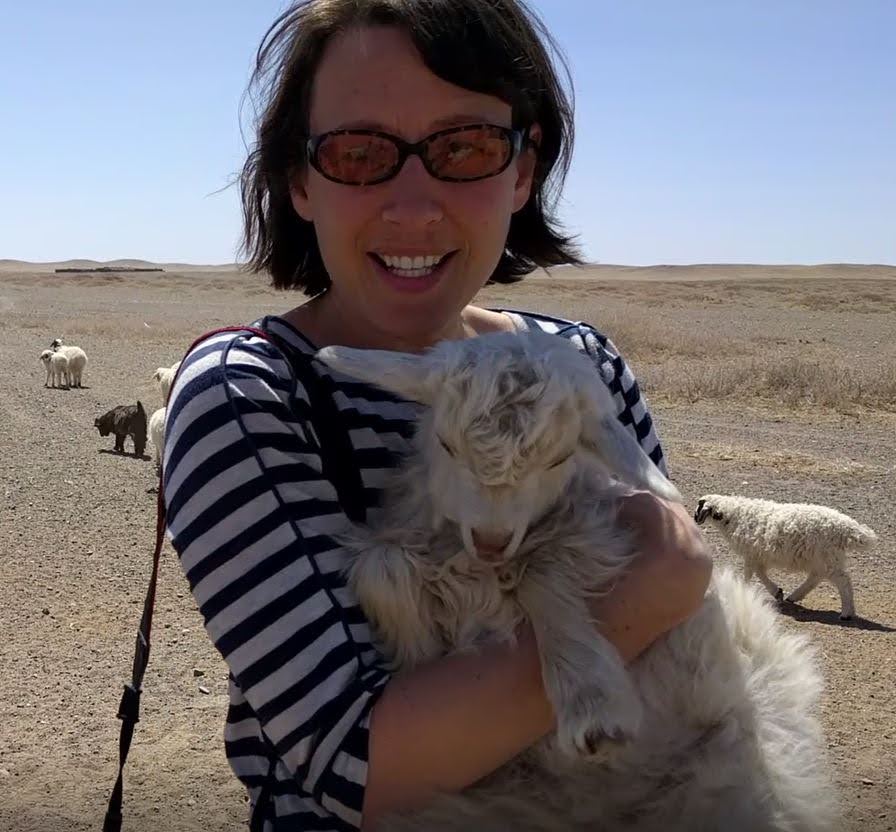Cashmere is a cornerstone of luxury fashion, and some of the finest cashmere comes from goats grazing in one of the world’s most remote and challenging landscapes, the Gobi Desert in Mongolia.
Now, a NASA-supported collaboration called the Sustainable Cashmere Project is underway with Mongolian goat herders, the luxury fashion industry, a Mongolian mining company, the Wildlife Conservation Society, and Earth scientists from Stanford University using NASA satellite data. The goal is more sustainable grazing practices, which is particularly important in light of recent changes to the size of goat herds.
“We herders started to have the right to manage our own herd size. The government does not manage it anymore. So, the size of our herds started to increase without limits. But, as the herd amount increases, the carrying capacity of the pasture suffers,” said Nergui Ayakhuu, Mongolian goat herder.
Using Earth-observing satellites allowed them to monitor vast expanses of desert in a way traditional field monitoring couldn’t support. They used data from the Landsat mission, a joint NASA/U.S. Geological Survey program, information from the Climate Hazards Group InfraRed Precipitation with Station data (CHIRPS), and other Earth data sets to learn how climate and herd sizes impacted rangeland conditions.
Funding for the project comes from the NASA Applied Sciences’ Ecological Forecasting program area, which supports a variety of grazing and farming work internationally and within the U.S. This work in Mongolia is overseen by associate program manager Cindy Schmidt.
“Becky [Chaplin-Kramer] and her team produced a tool that will be extremely useful for monitoring rangelands — which is notoriously difficult to do with remote sensing,” Schmidt said. “They came up with a product that can be used by all these different organizations. These end users were able to use these tools and data for accomplishing their own goals.”
Through Wildlife Conservation Society’s efforts in building trust and relationships with herders, they are able to encourage sustainable practices such as rotational grazing and smaller herd sizes while also compensating herders more for their cashmere wool.
Credits: NASA/Michael Brophy, Applied Sciences
By Jessica Sheaves, Applied Sciences




























